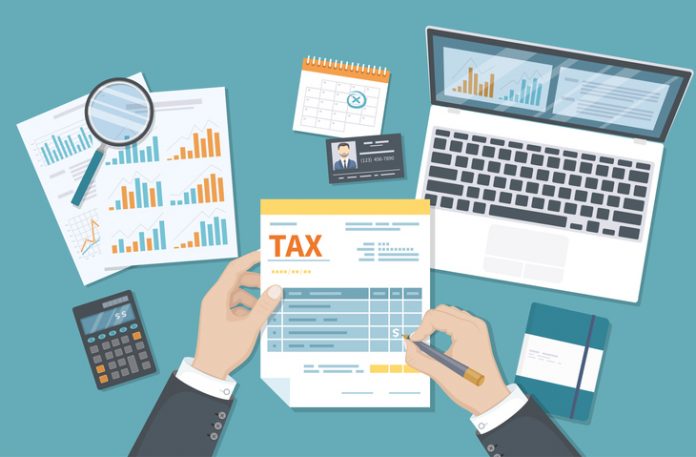If you’re just starting your new business, or you’re currently running a business that is looking to grow, then you will benefit from understanding more about tax. This article will explain the different taxes and rates, as well as what you are legally responsible for. You also need to use the right inheritance tax calculator for making sure that you are paying the correct amount of tax every year.
Income Tax
Income tax is the primary source of tax that a business will deal with. It will be paid on any income that you yourself have received personally, such as a salary of dividends. For most people, they will have to pay this in some form, with directors paying through the businesses PAYE scheme.
The amount that they have to pay will depend on how much money they are making. The less you earn, the less you will pay in general. Every business and industry will go through the same rates.
National Insurance Tax
You will probably be aware of what national insurance is if you’ve worked a job at some point in your life. In general, national insurance helps go towards your state pension as well as pay for public services such as the police
National insurance will be taken from PAYE for the limited company directors, but for sole traders it is a little bit different. That’s because they have to calculate it separately through the annual self-assessment that sole traders have to do. They will have to then pay this to HMRC by the allocated tax period, which is usually January 31st for national insurance.
That’s why it’s important that you keep records of your financials so that you are best prepared to pay this tax. You can work with a team of accountants to manage your finances and sort your tax and payroll for you. Azets accountants are one such team who can offer tax advice to help support you going forward. They will get to know you and your business to ensure no mistakes will be made.
VAT
If you didn’t know what is vat, it stands for value added tax, which is essentially a tax of consumption that is added to the cost of a good or service. To begin with, your business may not actually need to pay VAT straight away, until your annual turnover goes over £85,000. When you do need to pay VAT, it will be done quarterly.
The taxes in which you will need to pay will usually be determined by your business structure, and what model you are following. It will also make a difference if you are a limited company or if you are sole trader. Consider doing some research to find what bracket you fall into to get a better understanding of your tax obligations.
The Different Tax Obligations
As a business owner, it is essential to understand your tax obligations to avoid any legal or financial issues. The Afirmo Tax calculator is a useful tool that can help you calculate your self-employment taxes accurately and stay on top of your finances. If you want to know more about tax in regard to your business, check out Afirmo to learn more.
For sole traders, they will get a tax-free personal allowance up to £12,500, meaning that if you’re earning less than that you won’t need to pay any income tax. For businesses which earn above that and up to £50,000, they will have to pay a flat rate of 20% income tax.
For those that earn up to £150,000, they will have to pay a 40% rate. If your business earns any income higher than this, then it becomes a 45% rate. Sole traders will have to send off self-assessment tax return in order to pay the right amount of tax, but sole traders will not need to pay corporation tax.
Limited companies will have to send tax returns to HMRC, as well as compile statutory accounts and register for VAT. The director of a company like this will need to do their own self-assessment tax return to pay tax and their national insurance through PAYE, if they receive a salary from their business.































